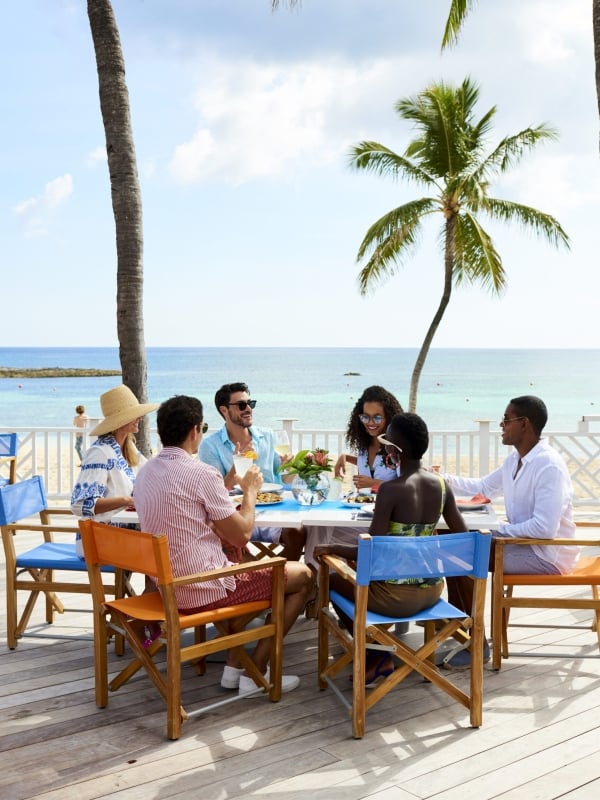A Guide to History and Culture in Nassau & Paradise Island
For centuries, The Bahamas have captivated settlers, traders, explorers, and even pirates, each leaving their mark on the islands. From historic forts and museums to rich cultural traditions, Nassau & Paradise Island offer a wealth of stories shaped by a vibrant past. Christopher Columbus made landfall here in 1492, and by 1649, the first settlement was established, surviving the age of piracy and evolving through civil war, prohibition, tourism, and independence. If you’re a history buff, this guide to history and culture in The Bahamas is a captivating read — uncovering the fascinating tales that make this country so unique.
Historic Forts
The Bahamas has many historical forts, each offering scenic ocean views, perfect for photos and quality time with friends and family. If you can visit only one, make it Fort Charlotte, the largest fort in New Providence, spanning 100 acres. Perched on a hill overlooking the west end of the harbour, it offers stunning views of Paradise Island, Nassau, and the surrounding waters. Built in 1788, the fort is named after Queen Charlotte, wife of King George III. The fort features a moat, dungeons, underground passageways, and cannons, adding to its rich history.
Fort Fincastle, constructed in 1793 to defend Nassau Harbour from pirates, sits atop Bennet’s Hill, the highest point on New Providence Island, providing breathtaking views of Nassau & Paradise Island. Despite its intimidating appearance, the fort’s cannons were never used.
Fort Montagu, the oldest fort still standing on New Providence, was built in 1741 out of local limestone harvested at the eastern end of Nassau Harbour. Originally intended to protect the British from Spanish invaders, it’s most famous for being the site of the United States Marine Corps’ first military action in 1776. Though the Marines found no gunpowder as expected, they successfully captured the fort without opposition.

John Watlings Distillery
Another must-visit is the John Watling’s Distillery. Overlooking the harbour with panoramic views and set on more than two acres of tropical gardens featuring century-old black olive trees, this estate is a stunning place to explore. Built in the same year George Washington was elected the first President of the United States, the estate is rich in history, with antiques and prints dating back over 300 years.
Guests can enjoy a free, self-guided tour of the estate, offering a close-up look at the storehouse where local hands bottle the rum. You’ll find over 1,000 ageing white oak barrels and have the chance to sample the Spirit of The Bahamas, including small-batch Pale, Amber, and Buena Vista rums, Red Turtle Vodka — filtered with pink sands from Eleuthera — and gin infused with botanicals from Andros and nearby islands.
Government House
For those who appreciate both history and architecture, be sure to make a trip to Government House. This official residence of the Governor General of The Bahamas sits on a 10-acre estate and dates back to 1737. Its pink and white exterior is a striking example of blended Bahamian, British, and American Colonial styles. The columns and large circular driveway are reminiscent of architectural designs found in Virginia and the Carolinas.
In front of the building stands a statue of Christopher Columbus, imported from London in 1830. For over 100 years, the estate served as the Governor of The Bahamas’ home until it was destroyed in 1929. The house was completely rebuilt and finished by 1932. Today, it stands strong as a symbol of the Bahamian government, welcoming visitors from far and wide and reflecting the countries that have influenced the nation over the centuries.
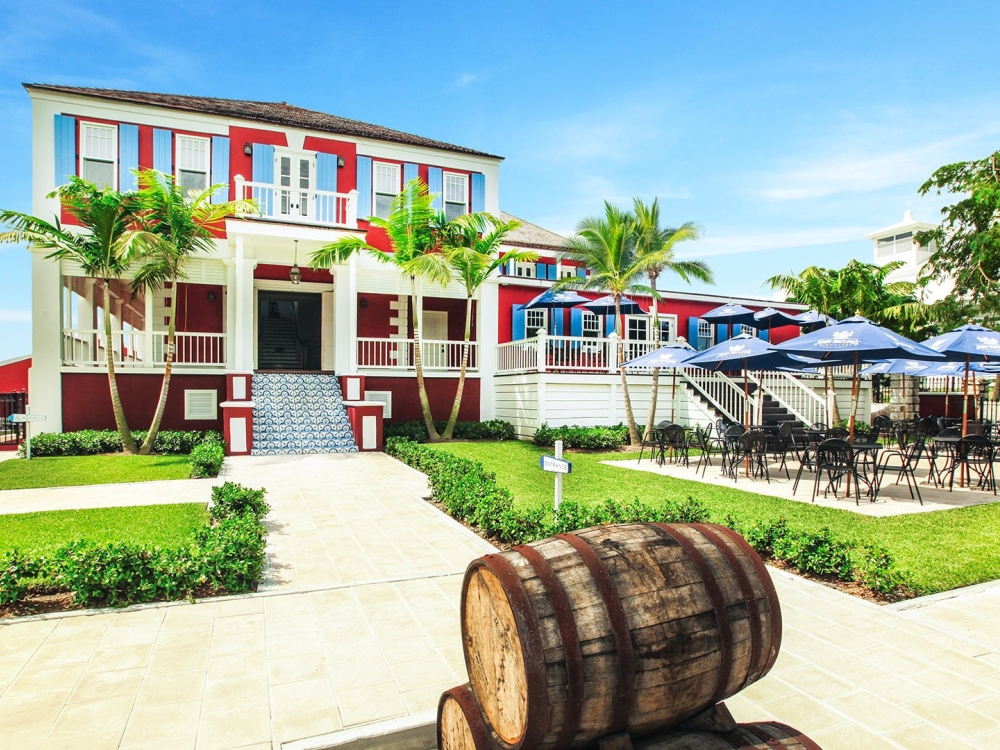

The Queens Staircase
The Queen’s Staircase is Nassau’s most visited attraction, where visitors often feel as if they’ve stepped back in time. Near the end of the 18th century, The Bahamas had become a strategic target, as many sought control over the Caribbean. With the British already colonising the country, they feared an attack from rival nations aiming to seize power. This led to the construction of several forts to defend against potential invasions.
The staircase, chiselled from solid limestone and often referred to as “The 66 Steps,” was named in honour of Queen Victoria, who ascended the British throne in 1837. Its historical significance lies in its role as a public passage between Fort Fincastle and the town of Nassau. Beyond its physical connection, the Queen’s Staircase is a powerful symbol of the past, representing the efforts made to protect the country from invaders. Today, it stands as a lasting emblem of resilience, highlighting the enduring spirit of the Bahamian people and the challenges they overcame.
Parliament Square
Another popular attraction in downtown Nassau, Parliament Square, symbolises the past, present, and future of The Bahamas. Initially built in the late 1700s and early 1800s by Loyalists from North Carolina, the square features Colonial-influenced pink buildings, including the House of Assembly, the Senate Building, and the Supreme Court of The Bahamas, each playing a vital role in the country’s governance. If you’re interested in politics and the House is in session, you can step inside the House of Assembly and watch lawmakers debate from the gallery.
At the centre of Parliament Square stands the Senate Building, where lawmakers convene when not in session. Outside, a statue of Queen Victoria, erected on May 24, 1905, commemorates her birthday.
Lastly, the Supreme Court of The Bahamas, dating back to 1921, holds quarterly sessions in January, April, July, and October. This building offers yet another connection to the country’s rich history, where judges still wear traditional British wigs and robes, adding to the sense of heritage and tradition.
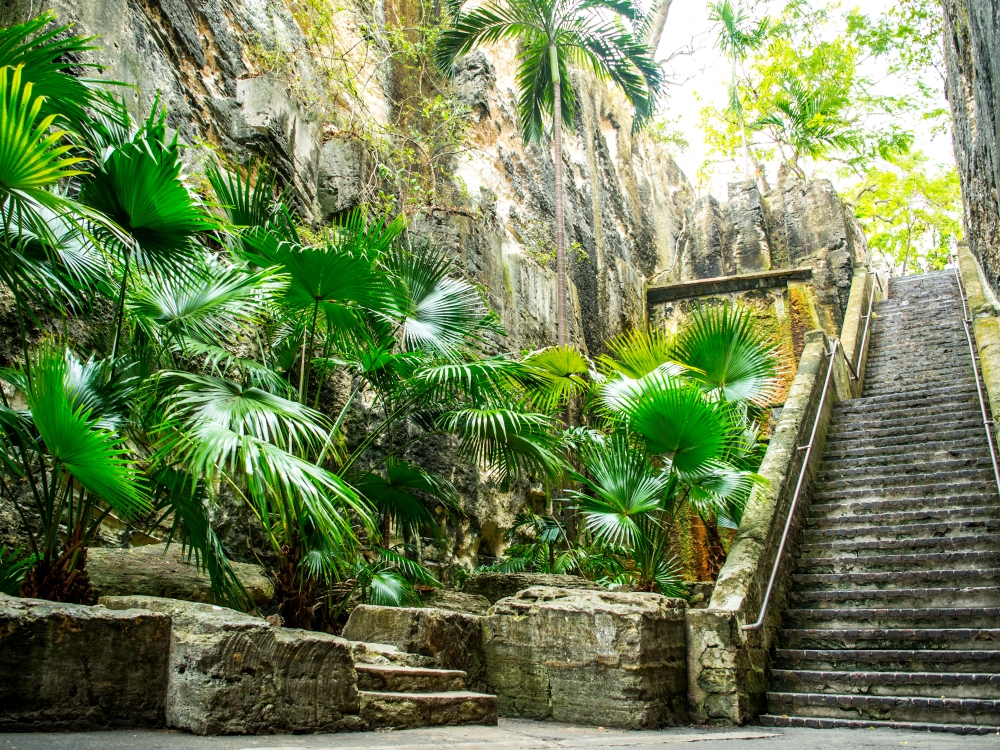
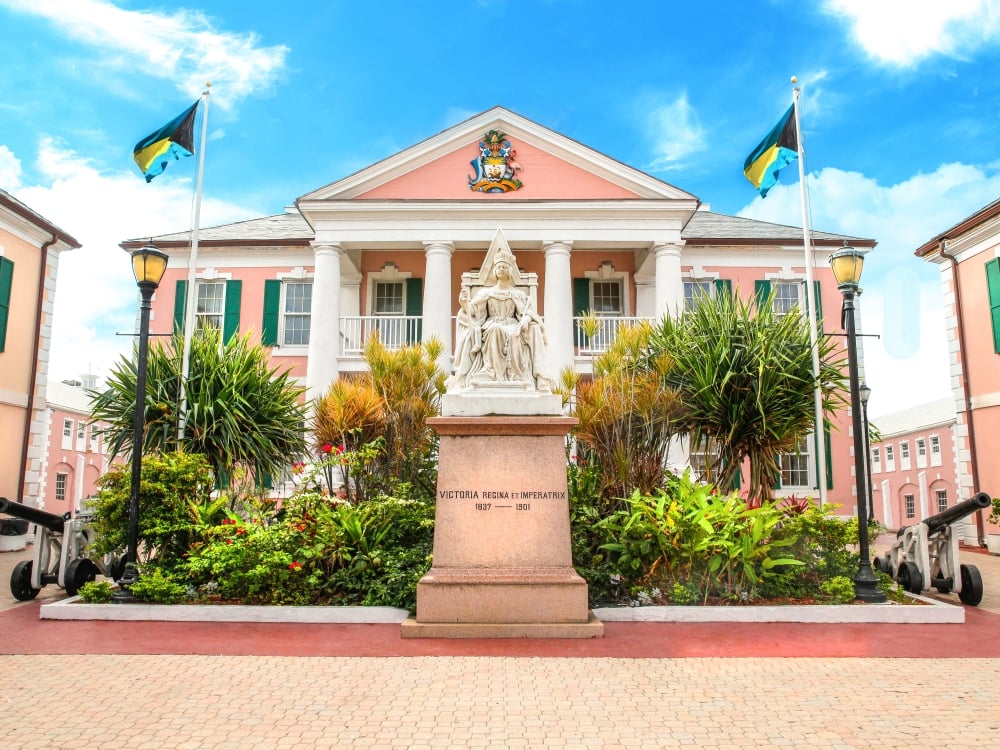
Clifton Heritage Park
For those looking to immerse themselves in the history, culture, and natural beauty of The Bahamas, consider stopping by Clifton Heritage Park. The park offers hiking trails leading to some of the island’s most significant historical sites, along with beautiful beaches where you can unwind after exploring.
When you hit the beach, be sure to bring snorkelling gear or join a snorkelling tour, as some of the park’s biggest treasures are found underwater. Beneath the surface, you’ll discover sunken film wrecks, a captivating sculpture garden, and an abundance of vibrant marine life. This is one of the most popular snorkelling spots on the island, and once you start exploring, you’ll quickly see why.
Christ Church Cathedral
Christ Church Cathedral, the first church built in The Bahamas, dates back to 1670. Known as “the Mother Church of all Anglican churches in The Bahamas,” it holds deep historical and religious significance. Unfortunately, the original building was destroyed in 1684, and while a second was completed in 1695, it too was destroyed in 1703.
The third church, completed in 1724, survived but was eventually replaced because it was built from wood. In 1754, a new Gothic-style structure was erected using stone from a local quarry. The cathedral was rebuilt again in 1841, this time extending to the east to form the present sanctuary.
In 1861, Christ Church officially became a cathedral, coinciding with Nassau’s designation as a city. The cathedral’s rich history and significance have remained intact despite being destroyed and rebuilt multiple times. Located on George Street, the cathedral is still in use today, and visitors are warmly invited by the clergy to attend a service and experience its enduring spirit.
National Art Gallery of The Bahamas
At the National Art Gallery of The Bahamas, visitors can explore the works of some of the Caribbean’s most renowned artists. Dedicated to preserving, exhibiting, and interpreting historic and contemporary Bahamian art, the gallery’s mission is to educate, uplift, and inspire all who visit.
Housed in the historic Villa Doyle in downtown Nassau, the gallery features four distinct spaces that blend Bahamian history and modern creativity. Interactive exhibits and hands-on activities help bring the art to life, allowing visitors to engage with the works and even create their own masterpieces. Whether you opt for a guided tour or prefer to leisurely explore the galleries, an afternoon here offers a deeper appreciation of Bahamian culture. Before you leave, don’t forget to stop by the gift shop for a one-of-a-kind memento to commemorate your visit and bring a piece of The Bahamas home with you.

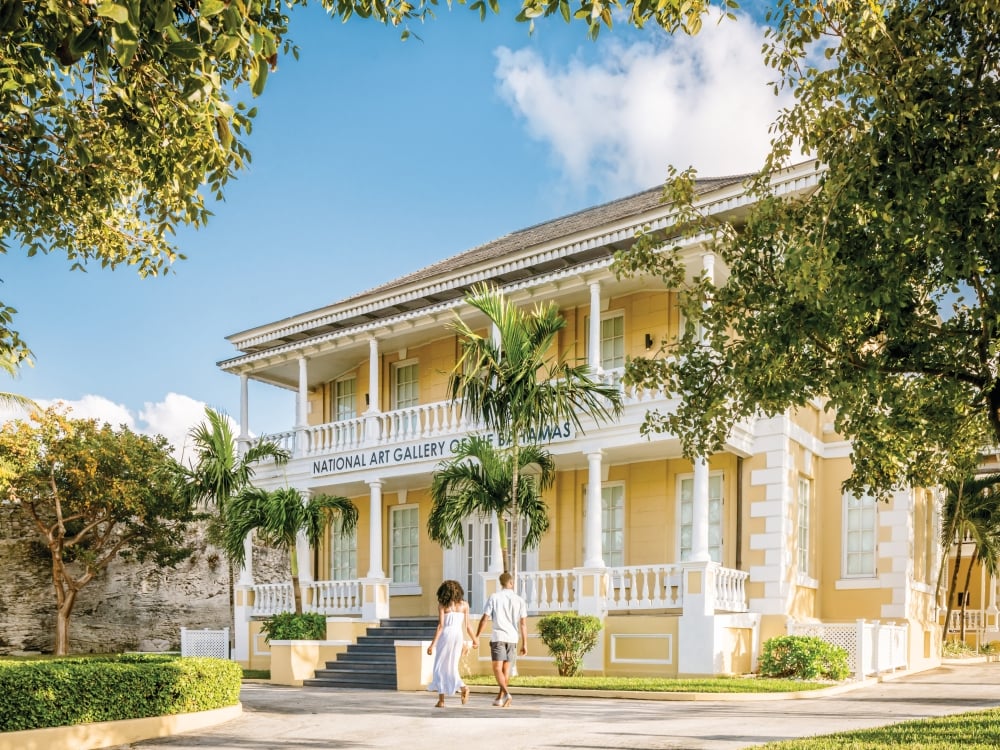
Heritage Museum of The Bahamas
Step back in time at the Heritage Museum of The Bahamas, where you can explore the fascinating collection of British antique collector Hamilton White. The museum houses relics and treasures spanning centuries, from the days of Columbus and the piracy era to the time of slavery and plantation life, 20th-century artefacts, and even items from the days of the Duke of Windsor. This unique collection offers a rare glimpse into the country’s rich history, providing visitors with a deeper understanding of the historical figures and events that have shaped The Bahamas.
Educulture Junkanoo Museum
For a vibrant cultural experience, visit the Educulture Junkanoo Museum, located next to the National Art Gallery of The Bahamas in downtown Nassau. Founded by Arlene Nash Ferguson, a leading expert on Bahamian culture and traditions, the museum celebrates and preserves the rich heritage of Junkanoo. Set in her childhood home, the museum is thoughtfully arranged room by room, showcasing everything from intricate costume pieces and traditional fabrics to the lively music of Junkanoo. Visitors can enjoy an interactive experience by crafting colourful masks, dancing to rhythmic Bahamian beats, and even meeting a Junkanoo queen. For any age, it’s a unique and immersive way to connect with Bahamian culture.
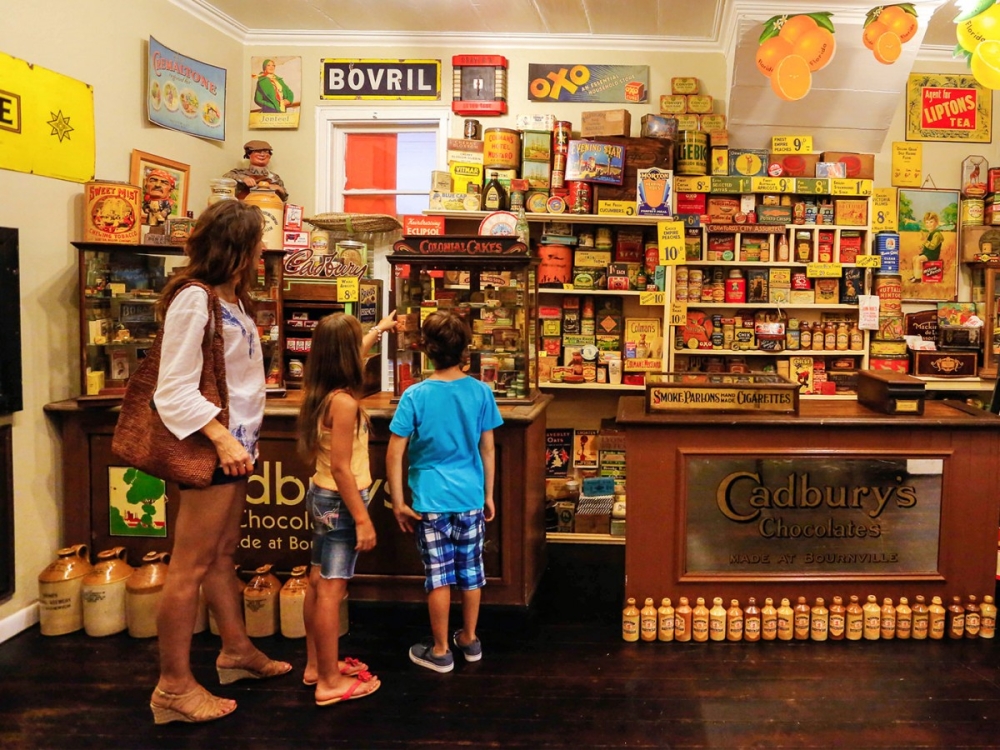
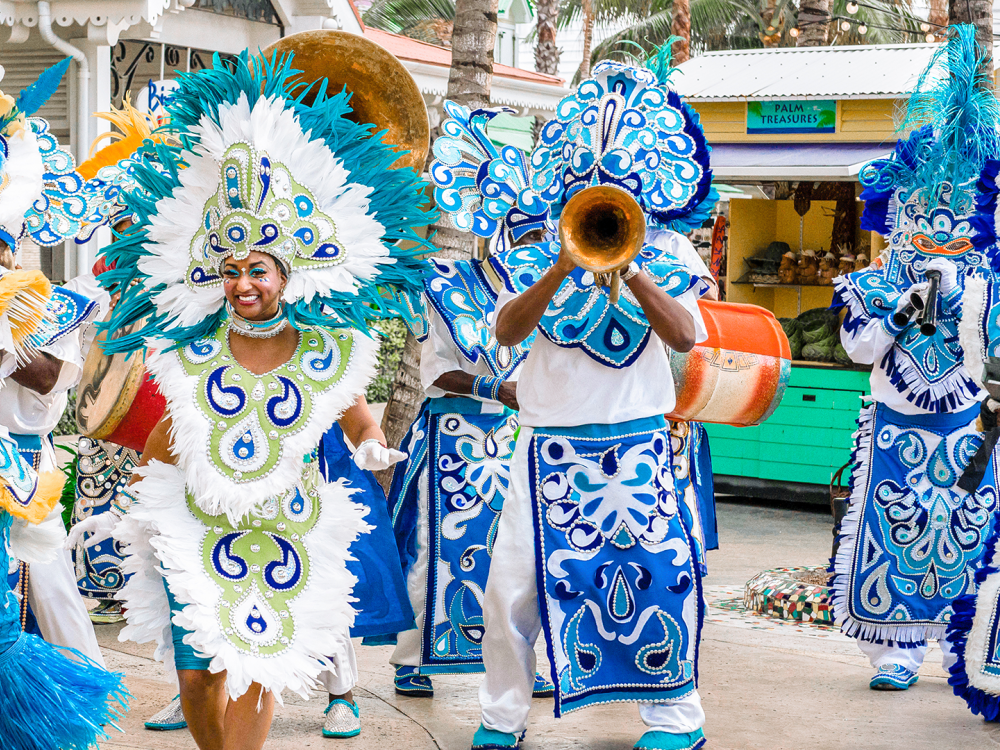
The Bahamas is more than just a scenic Paradise with sparkling beaches and vibrant wildlife; it’s a country steeped in history and culture, with stories spanning hundreds of years. Few places offer the opportunity to explore historical sites that tell tales of resilience and triumph. Whether snorkelling through underwater wrecks and sculptures, walking through ancient forts that once protected the islands, or visiting buildings that house the nation’s key decisions and laws, The Bahamas offers a unique blend of experiences. There’s something here for every kind of explorer.
Start planning your next visit today for an unforgettable journey through the history, art, and beauty of Nassau & Paradise Island.




